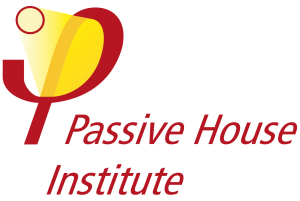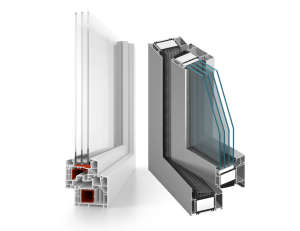Home » News and Resources » World Environment Day: Promoting Sustainability Through Passive House Design
World Environment Day: Promoting Sustainability through Passive House Design
World Environment Day
As we prepare to celebrate World Environment Day on Wednesday June 5, 2024 , it’s crucial to recognize the significant role that our built environment plays in promoting sustainability. One powerful approach to creating eco-friendly buildings is through the adoption of the Passive House (Passivhaus) standard, which focuses on creating highly energy-efficient, comfortable, and sustainable structures.
The Passive House standard, developed in Germany in the early 1990s, has gained worldwide recognition for its effectiveness in reducing energy consumption and carbon emissions. The standard’s key principles include superinsulation, airtightness, high-performance windows and doors, thermal bridge-free construction, and ventilation with heat recovery. By adhering to these principles, Passive House buildings can reduce energy consumption for heating and cooling by up to 90% compared to conventional buildings.
Interestingly, the term “Haus” in German, while often translated as “house,” encompasses a broader range of buildings. In Germany, “Haus” can refer to apartment buildings, office buildings, car dealerships, department stores, furniture stores, and even staircases. This linguistic difference highlights the versatility of the Passive House standard, which can be applied to various building types beyond just residential homes.
In the New York, Connecticut, and Long Island regions, the benefits of
Passive House design are particularly significant. These areas experience a wide range of temperatures throughout the year, from hot and humid summers to cold and windy winters. By implementing Passive House principles, buildings in these regions can maintain a consistently comfortable indoor environment while minimizing energy consumption and costs.
Achieving the Passive House Standard
A key component in achieving the Passive House standard is the use of high-performance windows and doors, such as those offered by Eco Windows. These windows are designed to provide superior insulation, airtightness, and thermal performance, effectively minimizing heat loss and heat gain. By incorporating Eco Windows into Passive House projects, builders can ensure that their structures meet the stringent energy efficiency requirements set forth by the standard.
Moreover, Passive House buildings offer numerous benefits beyond energy savings. The high level of insulation and airtightness creates a more durable and long-lasting structure with reduced maintenance requirements.
The controlled ventilation and high indoor air quality contribute to improved health and well-being for occupants, reducing the risk of respiratory issues and other health problems associated with poor indoor environments.
As the world continues to grapple with the challenges of climate change and environmental degradation, the Passive House standard emerges as a beacon of hope. By embracing this innovative approach to building design and utilizing high-quality components like Eco Windows, we can create structures that not only minimize their ecological impact but also provide a healthier and more comfortable living and working environment for their occupants. The New York, Connecticut, and Long Island regions have the opportunity to lead the way in this sustainable building revolution, setting an example for the rest of the nation and the world. As we celebrate World Environment Day, let us renew our commitment to building a greener, more resilient future, one Passive House at a time.

Bernard Harrison
Drafting Team Leader – Eco Windows USA
6+ years of industry experience. Specializes in energy-efficient passive house windows and doors.
Pound Ridge, NY | 📞 (203) 636-0011 | ✉️ Send an email


